
Parks at Dark
ParkChat
 Wild_Tribute
38✔
Wild_Tribute
38✔
Q1. Park experiences during the day and those at night, can be drastically different. Is there anything in particular you look forward to most when the lights shut off? #ParkChat
 ArchesNPS
32✔
ArchesNPS
32✔
Q2. National parks are often located far from human-caused light sources. What’s the darkest place you’ve ever been? #ParkChat
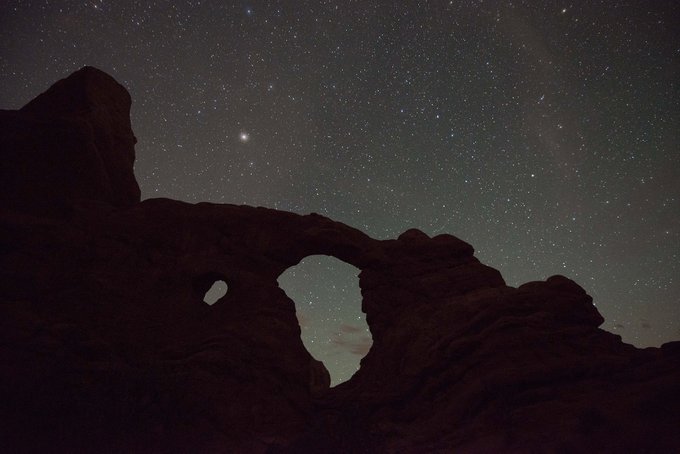
 ArchesNPS
23✔
ArchesNPS
23✔
Q3. Bats and snakes and cougars, oh my! What’s your favorite nocturnal animal? (📷: @CavernsNPS) #ParkChat
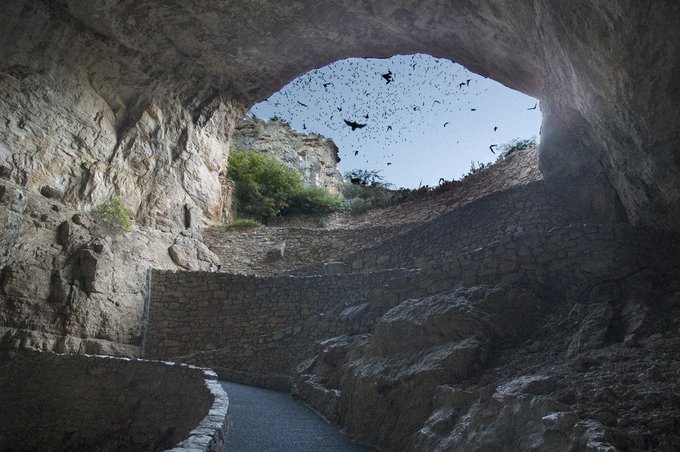
 ArchesNPS
24✔
ArchesNPS
24✔
Q4. International #DarkSkyWeek begins later this month. What’s your favorite place to view the night sky? (📷: @CanyonlandsNPS) #ParkChat
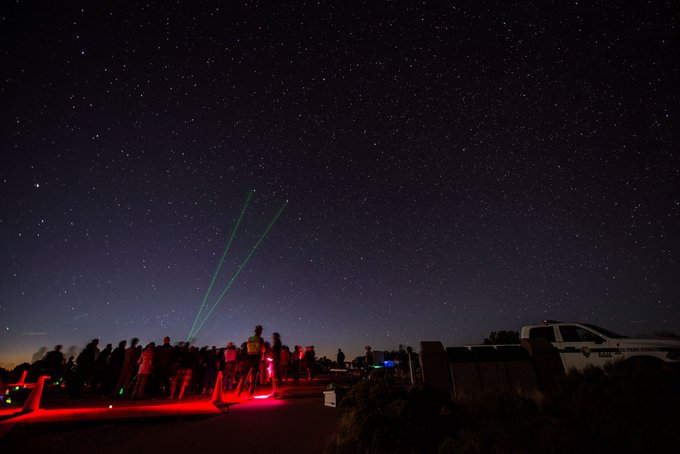
 ArchesNPS
18✔
ArchesNPS
18✔
Q5. The campfire program is the classic nighttime ranger activity. But there are others out there. Tell us about your favorite nighttime ranger program. Where was it? (📷: @YellowstoneNPS) #ParkChat
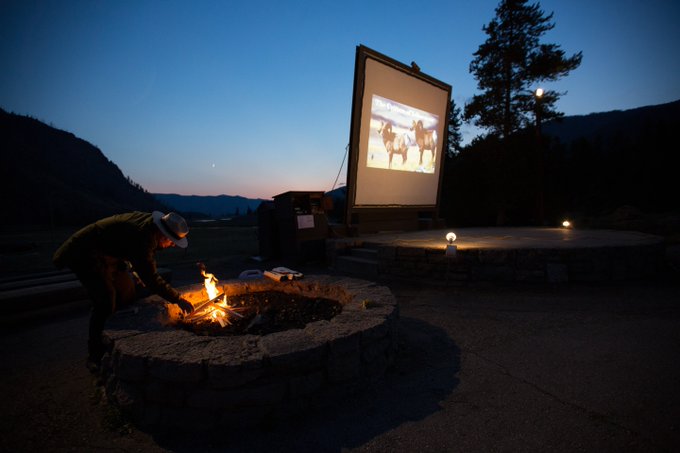
 ArchesNPS
19✔
ArchesNPS
19✔
Q6. Cultures have seen different shapes in the night sky. The Big Dipper, as we may know it, has been seen as many other things (like a bear, a wagon, a plough, etc.). What shapes do you see in the stars? #ParkChat
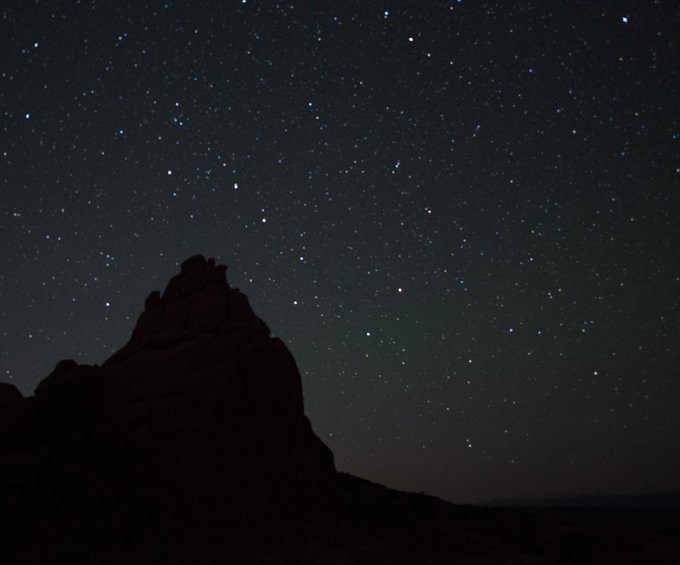
 ArchesNPS
24✔
ArchesNPS
24✔
Q7. When it gets dark, we have to use our other senses. What are some of the coolest nighttime sounds? #ParkChat
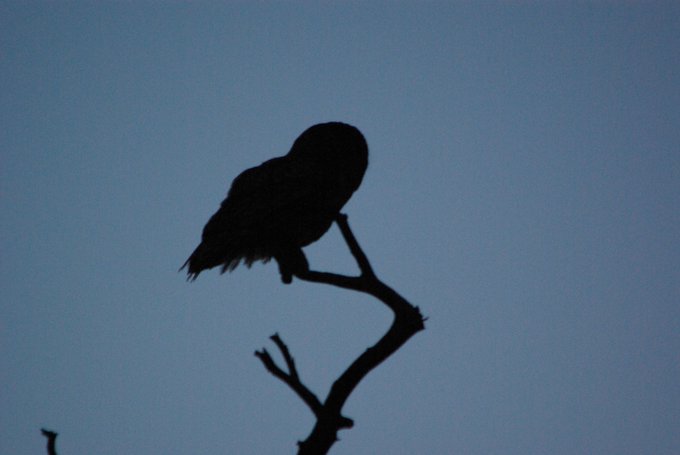
 ArchesNPS
24✔
ArchesNPS
24✔
Q8. Tonight's the spring equinox, and there’s a full (super)moon! (Go look after #ParkChat.) Have you ever taken a full-moon hike? Where did you go? What did you have to do differently from a daytime hike?

 ArchesNPS
25✔
ArchesNPS
25✔
Q9. Modern camera technology allows us to “see” the night sky in new ways. How should parks use these spectacular photos? Could some photos create unnatural expectations for visitors coming to the parks? #ParkChat
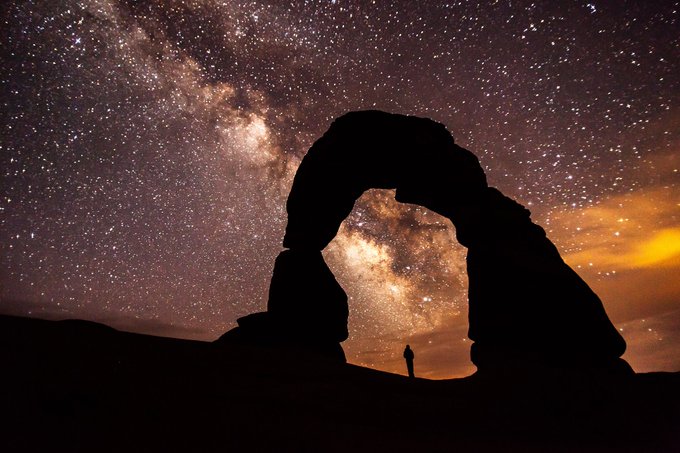
 ArchesNPS
25✔
ArchesNPS
25✔
Q10. Why is natural darkness important on public lands—or in your own backyard? #ParkChat

 59NationalParks
12✔
59NationalParks
12✔
Q11 #ParkChat National Parks at night present their own unique challenges-even dangers. I mean, who wants to hit a bison in a tiny hybrid car? What additional preparations do you take while visiting and traveling in the Parks at night? @ArchesNPS https://t.co/h9002Qa2Ex

